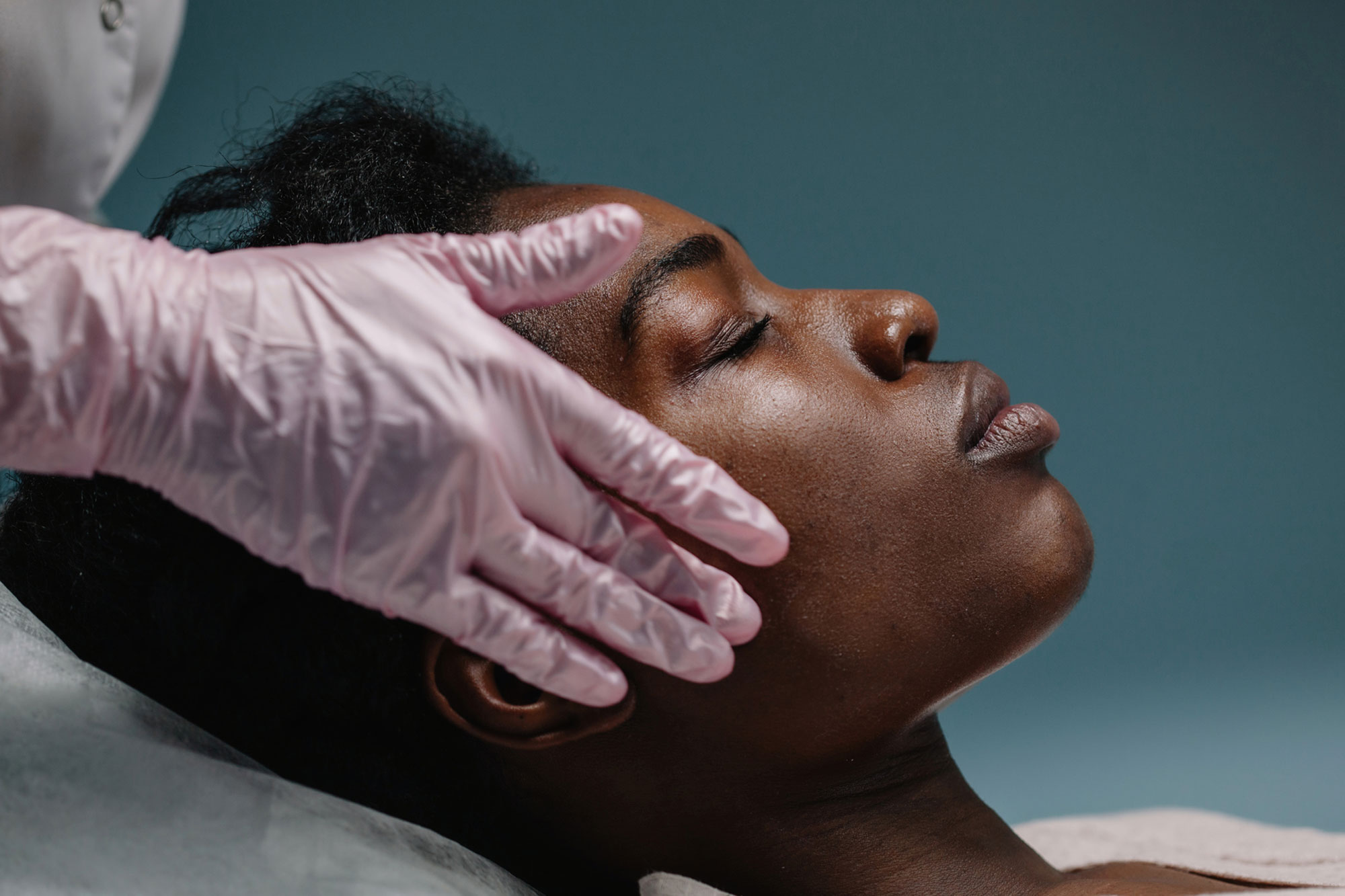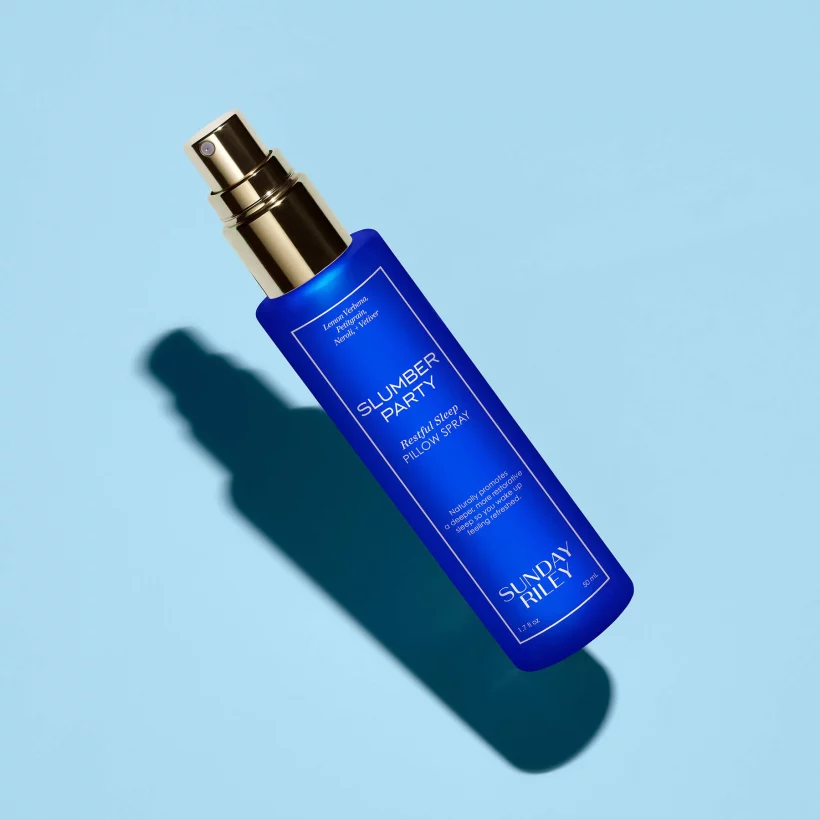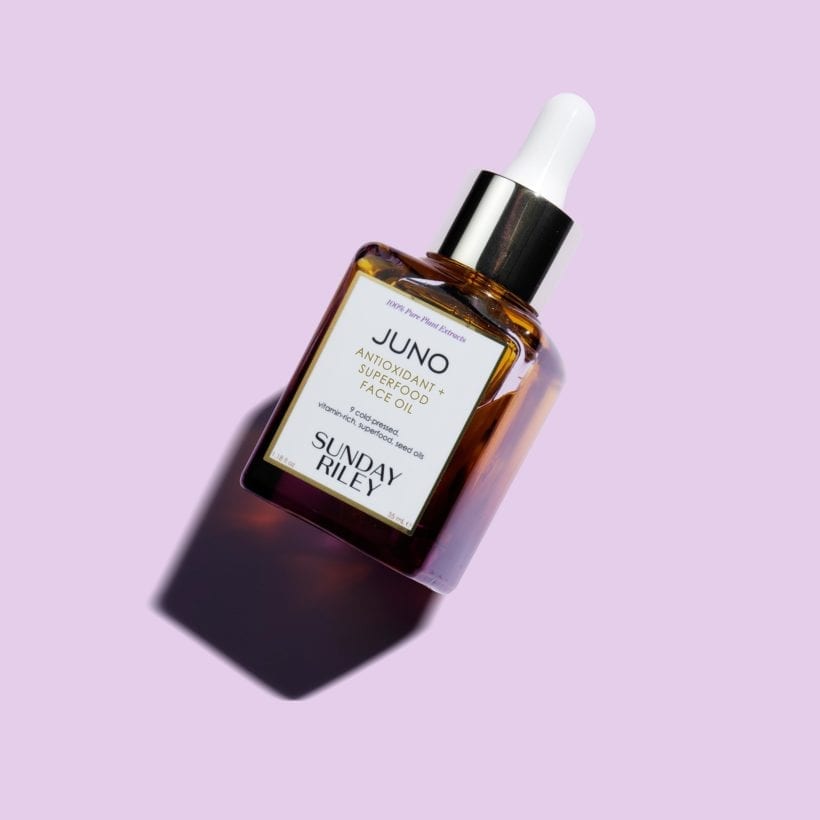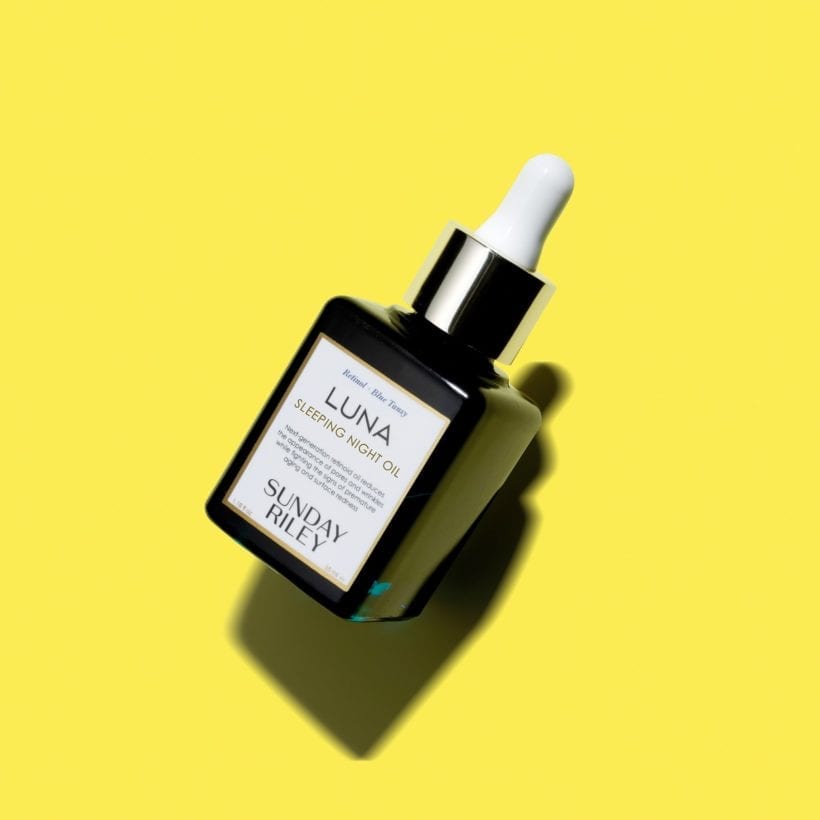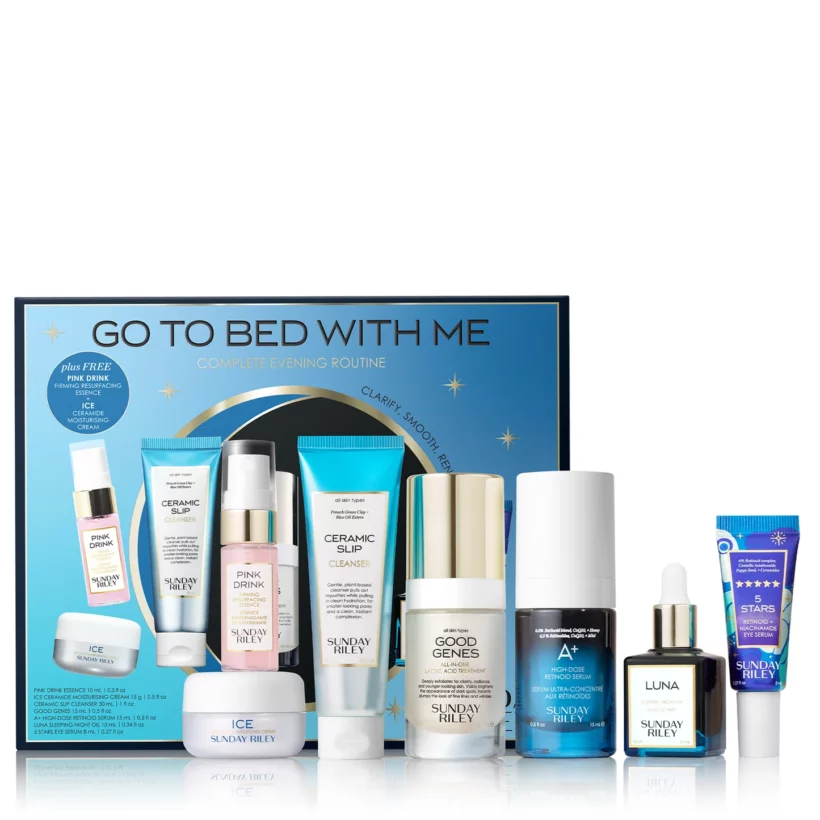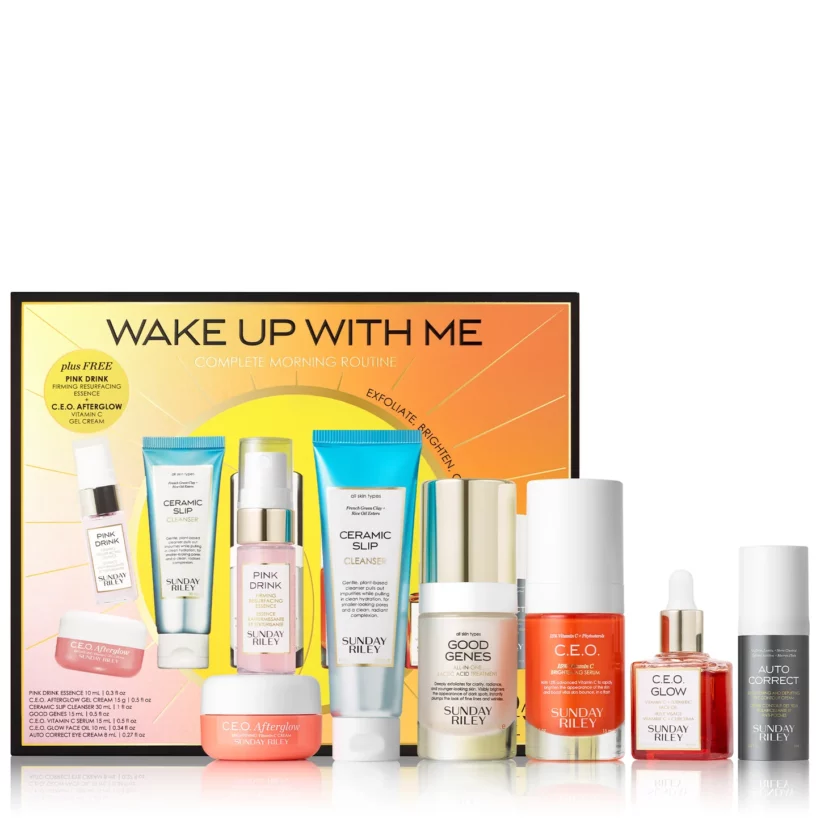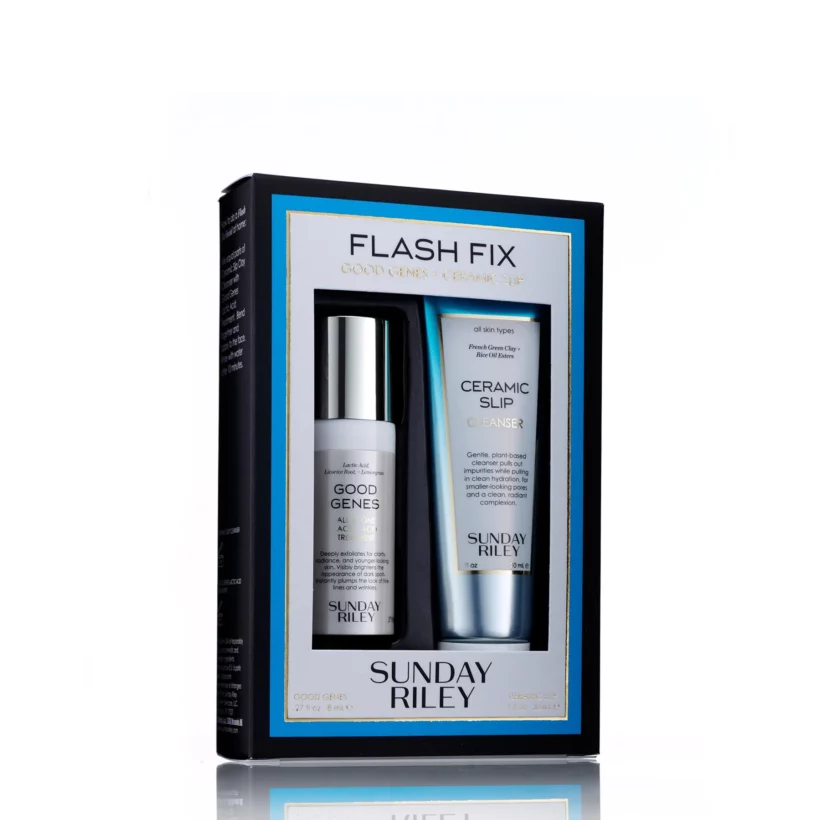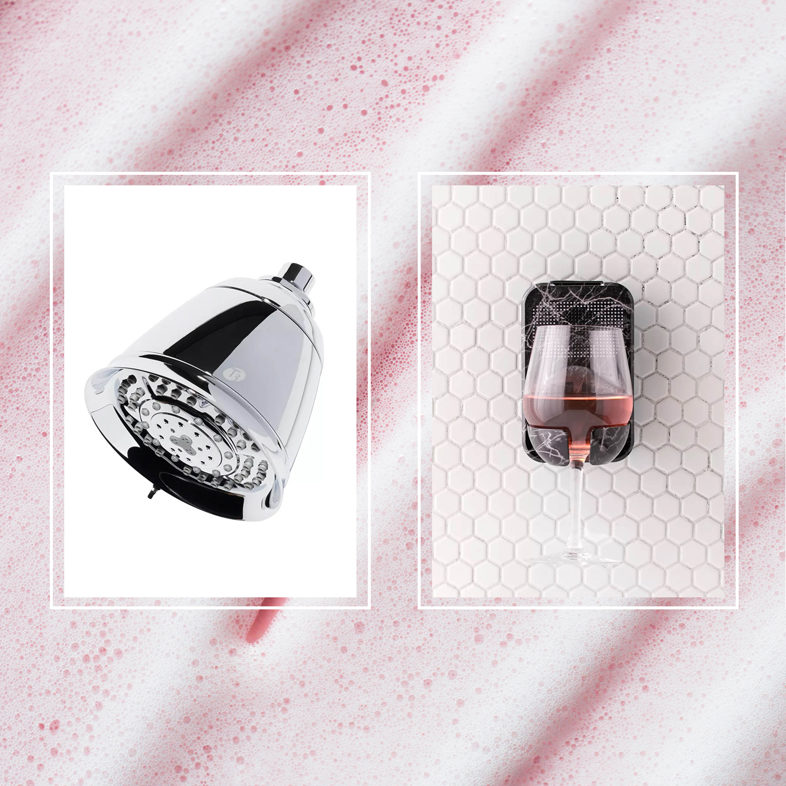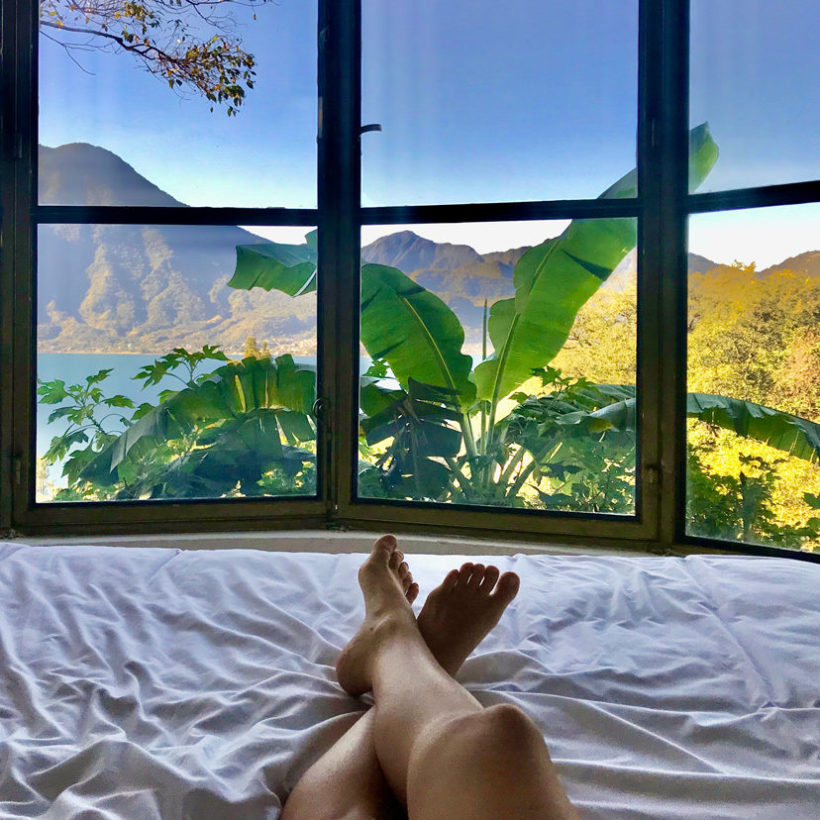Whether you’ve been a regular spa-goer for years or see it as a special treat, the spa is a form of self-care for many of us. What makes the experience exciting every time is that the spa industry is constantly pivoting with improvements, advancements, and new trends that promise to reform us from the inside out. The pandemic has created a vast shift in what people look for out of a spa experience, their expectations of facials and bodywork, and their comfort levels in close quarters to strangers. According to experts, here are some of the spa trends you might notice that shift within wellness culture.
Meet the Experts
Denise LaPalm is the founder and owner of L'Beauxtique.
Shawnda Dorantes MSN, APRN, FNP-C is the Beauty Lounge Medical Spa founder.
Claudine S. Riemer is the director of wellness at Rancho Pescadero.
Brian Nourian is the co-founder of Le Jolie Medi Spa.
Lisa Starr is a spa and salon Specialist at Mindbody and ClassPass.
Vance Soto is the president and owner of Ole Henriksen Spa.
A wider variety of customized treatments.
Gone are the days when you walk into a spa, pick a simple treatment off a menu and leave. According to Denise LaPalm, spas have already been offering a holistic approach to the body and mind, too. And this will only become a deeper part of a spa’s DNA in the coming year. “Personal treatments for guests who feel tired or stressed out, depressed, are fighting an illness, or have aches and pains will help to differentiate spas and make their guests feel more special,” she says.
This might look like an essential oil regimen throughout your massage, a tiered approach to facial skincare over several visits, and even a specialized diet.
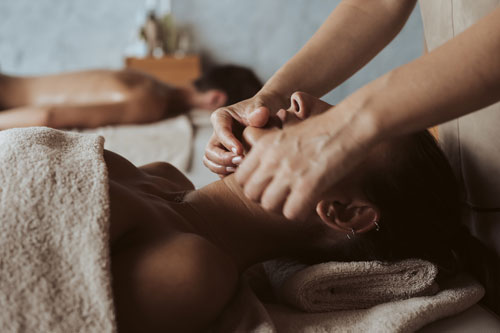
Quick, no-downtime treatments.
For the past couple of years, most professionals spent their workdays in back-to-back Zoom calls. With enhanced filtering and the need to wear a mask in public, many cut back on the amount of makeup they applied because it wasn’t necessary anymore. However, even with less foundation and cover-up, many still chase after that flawless, perfect complexion, making skincare treatments highly demanding for many spas.
Shawnda Dorantes MSN, APRN, FNP-C has noticed a greater desire for quick, no-downtime treatments. This means the end of ‘musky chemical peels that leave your face sensitive and inflamed’ and the beginning of the ‘spa day on your lunch hour’ crowd. “This is fairly unsurprising as we live in a fast-paced culture centered around immediate gratification,” she notes.
This type of treatment could be what Dorantes calls ‘baby Botox’ when younger patients seek this injectible as a preventive measure. “Instead of waiting until they already have fine lines and wrinkles that they want to treat, they are starting the treatment first to prevent those fine lines and wrinkles from forming,” she says. “There’s a heightened demand for this, especially in the eye area, as this area tends to show signs of aging first. In addition, this trend seems to fall under the natural, make-up-free skin trend because as people spend more time makeup free, they’re able to notice any preliminary signs of aging that they want to prevent from worsening.”
An uptick in natural ingredients.
“With inflation skyrocketing, people are turning towards natural sugar scrubs, soaps, and salt polishes.”
With the cost of inflation skyrocketing, more people are turning towards natural sugar scrubs, soaps, and salt polishes, according to Claudine S. Riemer. In addition to being generally more affordable, people are also becoming more mindful of what they put in — and on! — their bodies. “The environment is a big player here as well: choosing natural ingredients is a way to take care of the earth by avoiding damaging chemical compounds from being absorbed into our body and washed away into the earth,” she adds. In reaction to this trend, Riemer predicts more spas will want to draw a higher emphasis on where their ingredients come from.
Treatments that strengthen muscles.
A big trend in medical spas is devices and treatments that work in a whole new way, according to Brian Nourian. So instead of erasing imperfections, why not heal yourself from the inside out? Or giving your face a workout to build strength?
With Emsculpt Neo and Evolve Transform, you can get rid of unwanted fat and build muscle in one treatment. And as Nourian explains, feeling stronger can help people with more than aesthetics.
“In the next few months, there will be a new device called Emface from BTL Aesthetics, and we foresee it taking over because it will also focus on strengthening the facial muscles. This gives facelift-like results without going under the knife,” he predicts. “People love pairing them with their already healthy lifestyles of working out and eating healthy. These treatments are a real boost if you add them to your current workout routines since they will speed up your goals.”
Implementing an element of nature.
Throughout the pandemic, many people — especially those in larger metropolitan areas — were stuck inside. This prompted a mass exodus from big cities to suburbia, increasing the desire for the great outdoors. As a result, Riemer predicts more spas will offer a natural element as part of their services. “We will see more outdoor type therapies and treatments that involve the ocean, the wild desert or forests, allowing people to reconnect with themselves and mother nature,” she predicts. “Spas will embody more of an ethnobotanical ethos, bringing guests outdoors into open-air treatment facilities that allow an immersion of nature.”
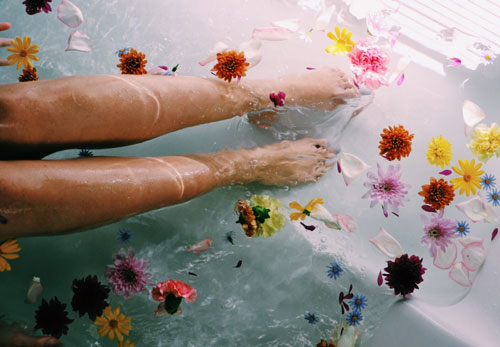
A resurgence in bathhouse culture.
Did you know the word ‘spa’ comes from a bathing town in Belgium? It’s an acronym for ‘Salus per aquam,’ which translates to ‘health through water.’ And in the 1990s, when spas gained popularity in the United States, they needed to have a water feature (a Vichy shower, hydrotherapy tub, and so on) to be considered an authentic ‘spa experience,’ according to Lisa Starr.
Though water hasn’t been essential for many years (there are even water-free pedicures!), Starr predicts a resurgence in bathhouse culture. As she explains, the healing powers of water are well-documented, but these new iterations also highlight the element of community.
“Throughout the U.S., there are hot springs locations where you can enjoy warm thermal waters, alone or with friends, at any time of year, but we are now seeing bathing experiences brought into suburban and even urban environments,” she continues. “Think of a fitness center hot tub experience on steroids. Pools with cascading streams and jets, warm and hot options, steam rooms, tepidariums, saunas, cold plunges, and loungers to rest on before taking another dip, are popping up all over.”
Higher demand for touchless services.
Due to COVID-19, contactless treatment offers increased due to safety and well, to save on labor costs, according to Vance Soto. These include meditation salt booths, sound baths, LED light bed services, meditation pods, private baths, hydrotherapy, infrared blankets and saunas, float pods — and more! Even as more people are willing to be up-close-and-personal again,
“These services are a win-win all around because the investment is in the equipment but offers the guest a service they want that’s human-less but still enables the guest to maintain their wellness routine,” he says. “These will become more mainstream and part of wellness routines.”
The downfall of niche centers.
Starr says the last decade has seen tremendous specialization in all aspects of business, including beauty and wellness. This might mean a spa that only offers waxing, facials, or massages. And later, only nails, lash extensions, or blow-dry bars. However, in several difficult years for the wellness industry, many consumers have been inspired to rethink their priorities and time management. In other words: Starr doesn’t believe customers will want to have to visit four different places to meet their beauty and wellness needs. Instead, they’ll seek a one-stop shop.
“Expanded treatment menus may have options for face, body, massage, hair, nails, waxing, and even unattended wellness options,” she continues. “You may discover a spa with a juice bar component, movement therapy, or yoga studio incorporating a few spa treatment rooms or meditation rooms. It’s certainly easier to visit one location for more purposes, and you may discover something you didn’t realize you needed in your life.”

Bodywork becomes a necessity, not a luxury.
Believe it or not, Soto says his bodywork business has doubled since before the pandemic. “I think people have realized how important taking care of themself and their body has become,” he continues. “We have more regulars than ever before for massage and bodywork. Guests that once considered it a ‘luxury’ have changed their perspective to view it as more of a necessity.”
While he says spas have been driving this message all along, it took the pandemic to change quickly and on a wide scale. This means you might expect subscription services, discounts on bulk rates for massages, and other ways to implement ongoing wellness into your budget and routine.
We only recommend products we have independently researched, tested, and loved. If you purchase a product found through our links, Sunday Edit may earn an affiliate commission.
